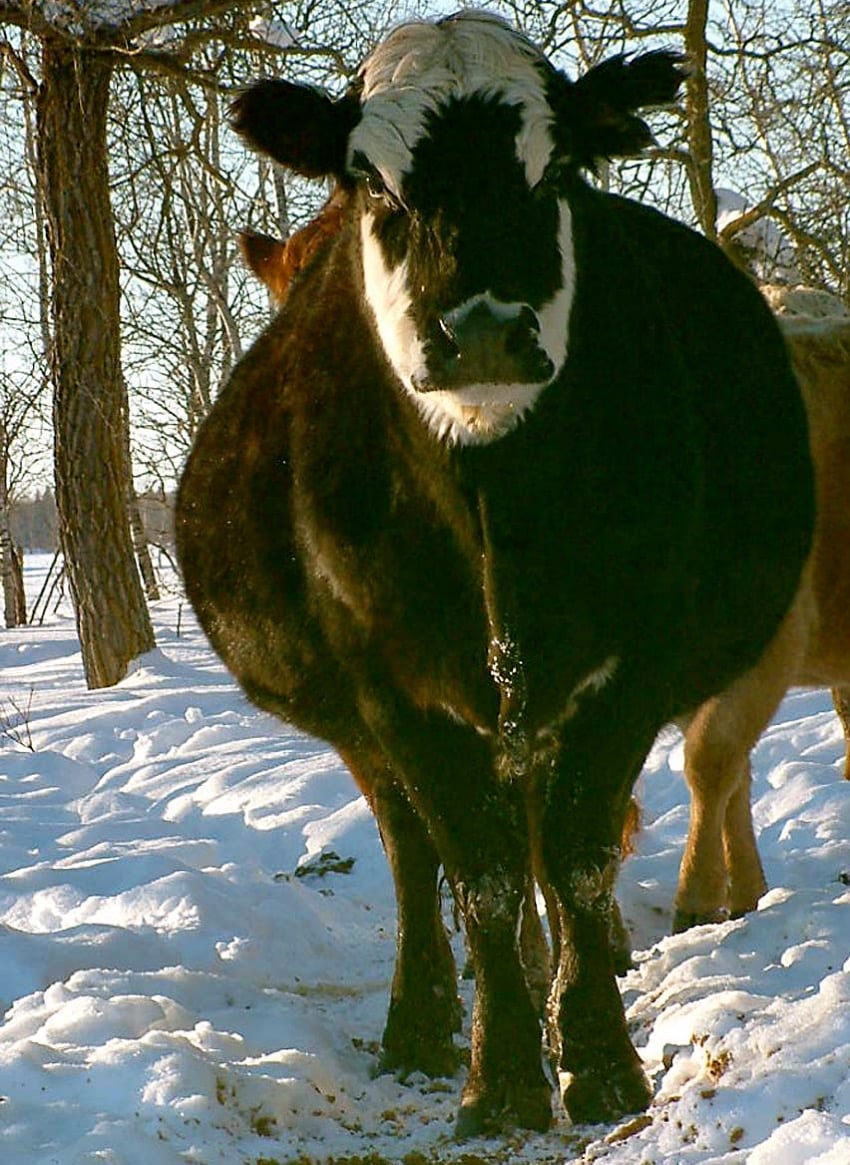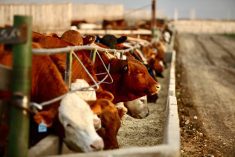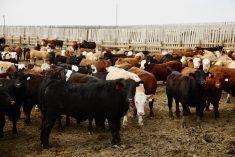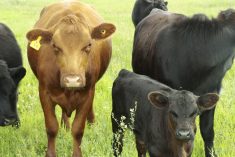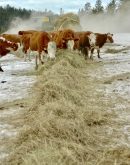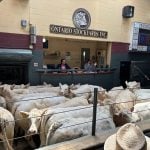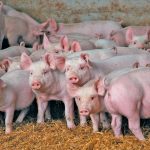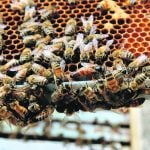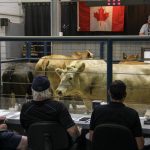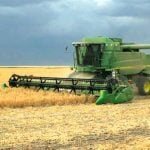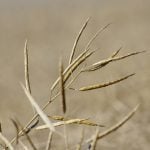As we head into the new year, many of you will be thinking about calving and the upcoming breeding season. From a nutrition perspective, this involves planning a feeding program that accounts for the needs of pregnancy and lactation. It is well established that cows that lose condition in the last trimester of pregnancy will be slow to return to breeding status. Failure to support the nutritional needs of lactation can not only result in a longer anestrus period but can also harm first-service conception rates. In both cases, the breeding season is extended and there is an increased risk of later-calving cows failing to rebreed.
Read Also

Regenerative ranching sees Alberta family through three decades of ups and downs
Alberta ranchers have found regenerative ranching key to surviving ups and downs of the business
If your goal is to consistently feed rations that optimize reproductive performance, it is necessary to understand how the pregnant beef cow uses dietary energy and nutrients such as protein for different physiological functions and how nutrient requirements change throughout the year. In this column, I will look at the prioritization of nutrient use and in my February column examine how this prioritization influences the nutrient makeup of pre- and post-partum rations.
Cattle partition, or use, nutrients for four basic physiological needs. In order of priority, these include maintenance, lactation, pregnancy and growth. Let’s look at each of these functions, using energy partitioning as an example. The maintenance energy requirement is the amount of energy required by the animal to survive. It includes energy required for temperature regulation, essential metabolic functions (i.e. blood flow) and for physical activity associated with survival (i.e. grazing). Maintenance energy requirements are a function of body weight, sex, environmental temperature and certain physiological processes such as lactation. For example, as an animal increases in weight from birth to maturity, the amount of energy used for maintenance increases. Intact bulls have a higher maintenance energy requirement than similar-weight steers or heifers, while lactating cows have a higher requirement than non-lactating cows.
The maintenance energy requirement can be significantly altered by environmental stress. Cattle effectively maintain their body temperature within a narrow range of environmental temperatures known as the thermal neutral zone. However, when temperatures fall above or below this zone, the animal must actively work to maintain its core body temperature. For example, physiological responses to cold stress can include changes in metabolic rate (acclimatization), shivering, increased digestive passage rate and regulation of blood flow to extremities. Behavioural responses include changes in feed and water consumption, seeking protection from wind and gathering in groups to minimize heat loss.
The important point is that many of these responses, whether they are behavioural or physiological, increase the animal’s maintenance energy requirement. If not accounted for by the feeding program, the animal will use body fat stores to supplement energy requirements, resulting in weight loss and if necessary, diverting energy use from productive functions to maintenance purposes. Depending on the severity and timing of the energy deficit and resulting weight loss, potential negative impacts can include failure to return to estrus in a timely fashion, abortion and in severe situations, death.
Lactation is the next-highest priority for nutrient use in lactating cows. Requirements for both energy and protein are related to the cow’s age, days post-calving and genetic factors affecting milk composition (i.e. fat and protein composition) and peak milk yield. Failure to meet the cow’s requirements for lactation has several economic consequences. As noted above it will negatively impact subsequent reproductive performance. Equally important, milk production will suffer, negatively influencing the growth of the nursing calf.
Next in line in terms of order of priority of nutrient use is meeting the requirements for pregnancy. In cattle, a typical pregnancy lasts 283 days or approximately nine months. For the first 180 days or so, the developing fetus is relatively small and does not significantly impact the nutrient requirements of the cow. However, as pregnancy progresses through the last trimester, fetal growth rate increases markedly, accounting for approximately 70 per cent of total calf birth weight. It is during this period that we see a significant increase in the cow’s requirement for dietary energy and other nutrients such as protein. As pregnancy maintenance is a biological priority, if you fail to adapt the feeding program appropriately, the dam will use her body stores to meet the nutrient needs of the developing fetus. Again, the result is a loss of body condition and protein stores and the resulting negative consequences on subsequent reproductive performance.
Finally, particularly for bred or first/second calf heifers, nutrients such as energy and protein are required for growth. If these animals are to reach mature body size in a timely fashion, rations need to be formulated for essential nutrients over and above that required for maintenance, pregnancy and lactation. Often producers fail to recognize the increased energy and protein requirements of this group and as a result, they are typically the most difficult animals in the herd to get rebred.
The above discussion may seem somewhat academic in nature. However, understanding and recognizing that nutrient requirements are dynamic and that cattle prioritize nutrient use for different physiological functions is key to developing successful winter-feeding programs. Next month we will look at applying this knowledge in practical feeding situations.


